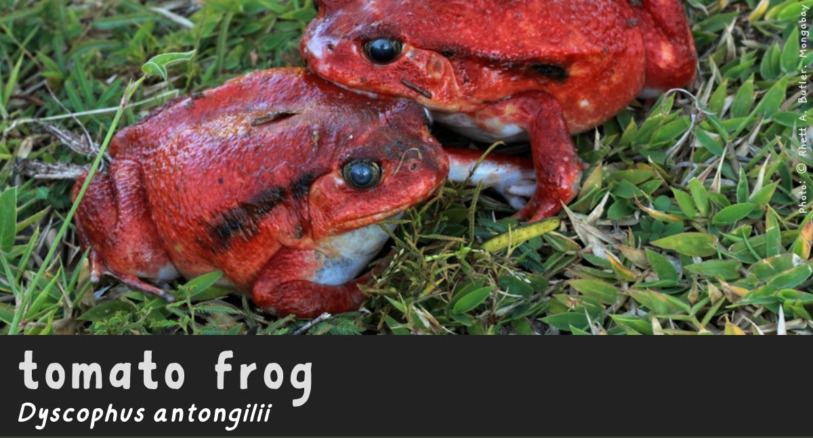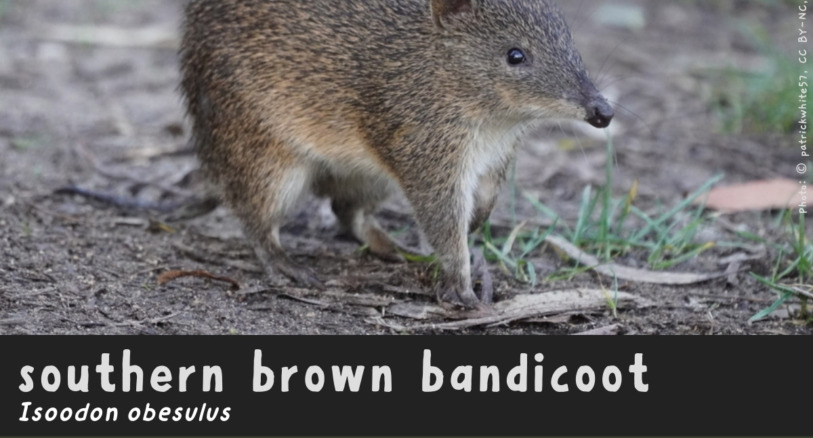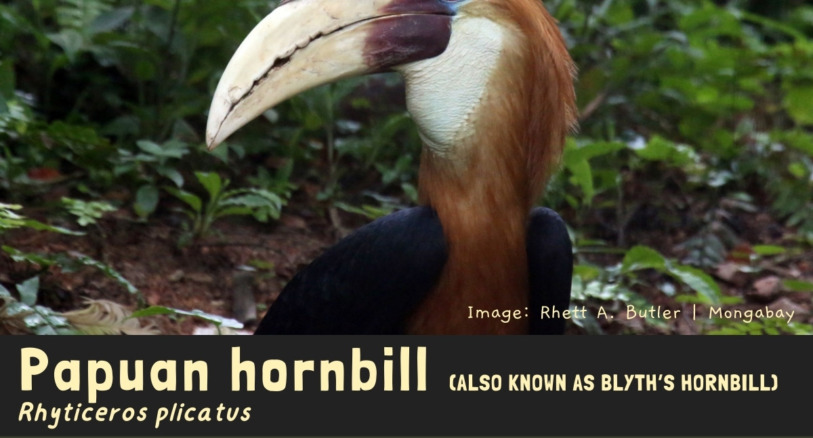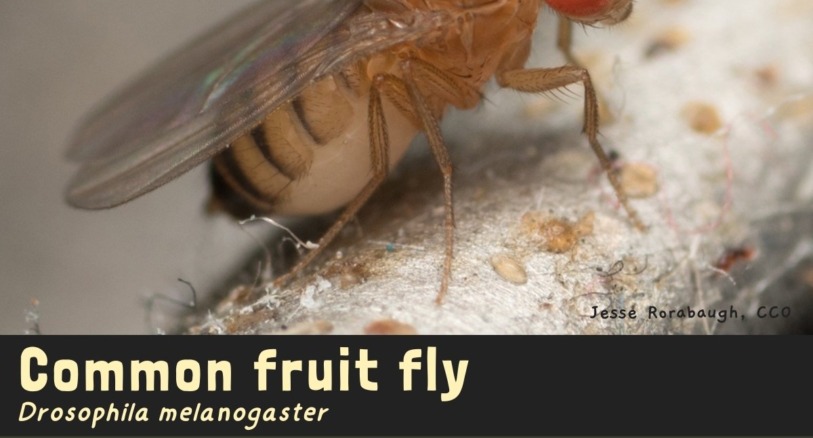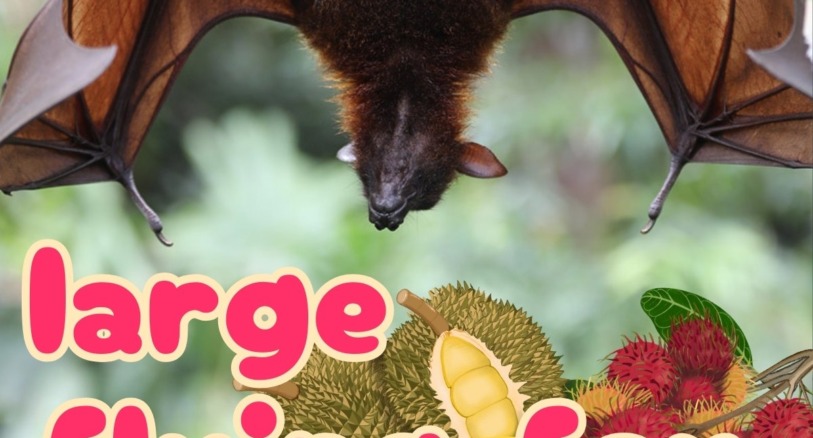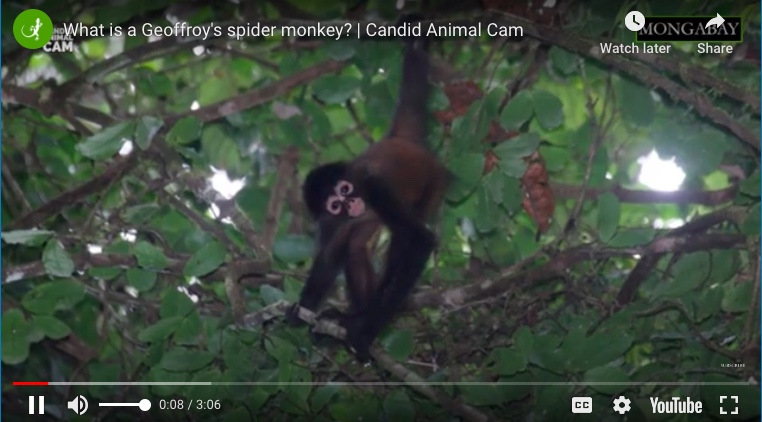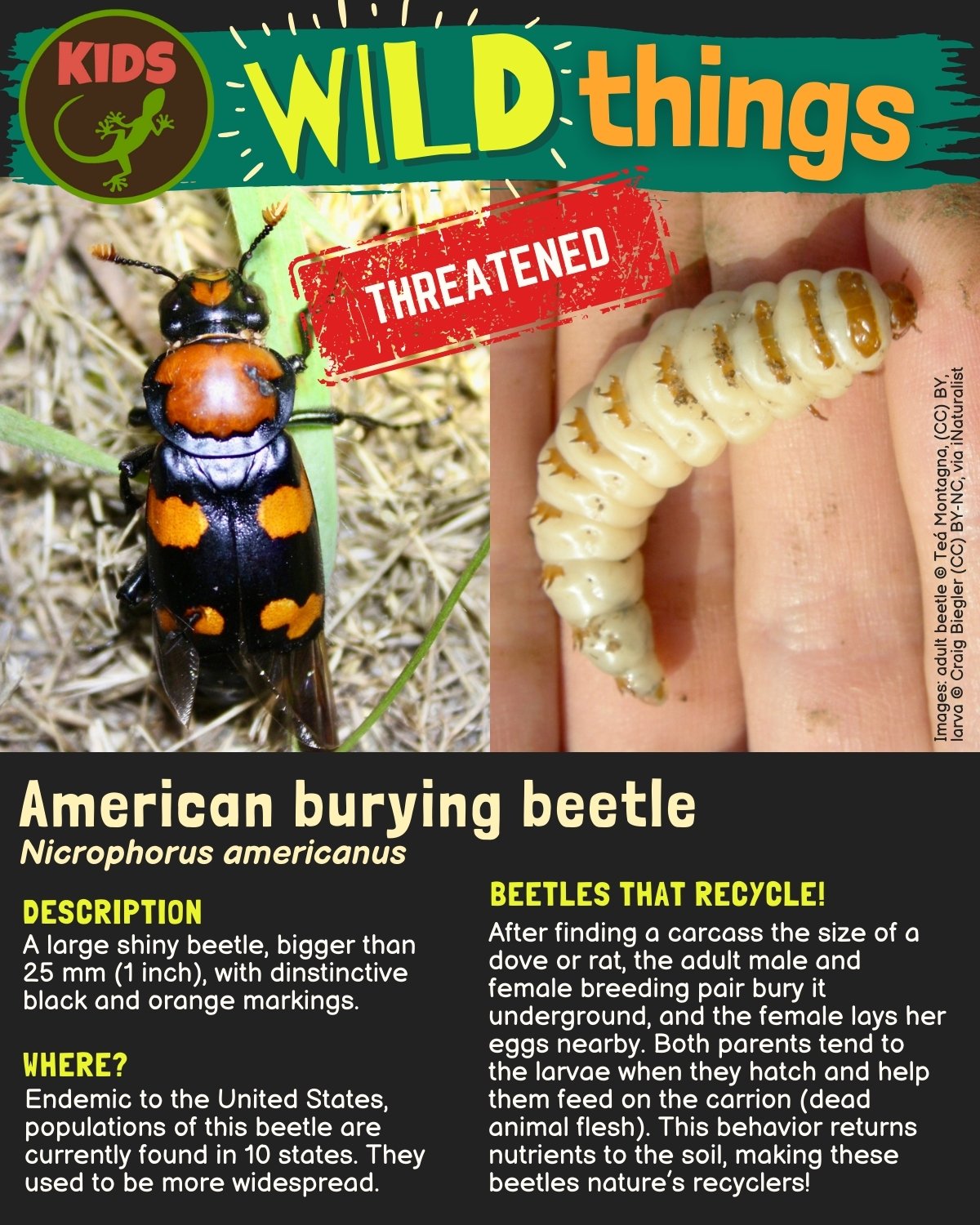
American burying beetle
Scientific name: Nicrophorus americanus
Nature has a recycling problem. When animals die their bodies need to be broken down into soil and minerals to be reused in the cycle of life. If that did not happen there would be dead bodies all over the place, which would spread disease and smell really bad. It would be a very gross world.
Carrion beetles are part of nature’s recycling squad. They help break down the bodies of dead animals and recycle them into the ecosystem.
The largest and most spectacular carrion beetle in North America is the American burying beetle. It can grow over 38 mm (1.5 inches) long and has a shiny black body. Each wing cover of this beetle has two bright orange bands. The shield area behind the American burying beetle’s head, the protonum, is bright orange.
American burying beetles once helped run the ecology of America. They were found in most of Eastern and Midwestern North America. If an animal like a mouse or songbird died and fell to the ground, an American burying beetle could detect it from two miles away!
A male and female beetle would then fly to the carcass of the animal and bury it. The female would construct a nest cavity in the soil above the animal’s body and lay up to 30 eggs. The male and female beetle would strip away the hair or feathers from the animal. They would nibble bits of the animal and regurgitate it into the nest chamber. When the beetle eggs hatched the larvae ate the food provided by the parents. American burying beetles are one of the only known insects that takes care of their offspring.
Despite their wide range across North America, American burying beetles almost completely disappeared by the end of the 20th century. In 1989, the American burying beetle received protection under the Endangered Species Act. Scientists and wildlife managers are trying to reestablish American burying beetle populations across the United States and restore these important recyclers. There have been some successes, however, these beetles remain at risk of extinction. The American burying beetle is officially listed as a threatened species under the United States Endangered Species Act and critically endangered on the IUCN Red List of Threatened Species.
How can you help?
How can you help American burying beetles continue their very important recycling program?
1. Share your enthusiasm for protecting the American burying beetle
Ask your teacher if they would be willing to help you and your class get involved in habitat restoration efforts for the American burying beetle, or some other kind of insect if you do not live in the range of the American burying beetle.
2. Raise awareness about threatened species

Yasmine Merida is a graphic designer from Lincoln, Nebraska, who loves nature and animals. She enjoys learning about wildlife and uses drawing as a fun way to explore and understand them better. Combining her love for art and the outdoors is her happy place. Yasmine created this fun illustration of an American burying beetle to help raise awareness about the beauty and importance of the burying beetles in Nebraska.
3. Volunteer with a conservation organization
Conservation organizations that help restore and protect the habitat of species like the American burying beetle often have volunteer opportunities for kids. Ask a parent or teacher to help you look for these opportunities.
More learning resources
- Nebraska Game & Parks: About the American burying beetle
- Animal Diversity Web: American burying beetle biology
By David Brown, for Mongabay Kids

